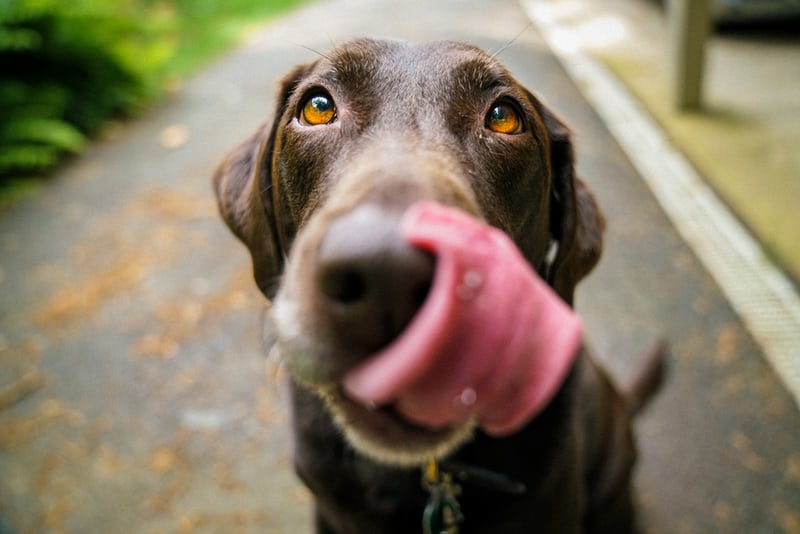Surgery can be a terrifying experience for your pet. Like people, pets need time to recuperate from surgery, which may include rest and special diets that don’t upset their stomachs. How and what you feed them can help them recover and get a healthier digestive system after surgery. Try the advice listed below, and if they are still not eating after 24 hours, call your vet.
How to Feed Your Dog After Surgery
What should I feed my pet after surgery? How can I offer them the best solution? And how do I make him eat? Here are some effective guidelines that will address your issues.
1. Warm Their Food
If your dog typically eats dry kibble, including warm water in its food can soften it and make it easier to eat, which is essential for a pet with low stamina. You can add water and then microwave their food for a few seconds to enrich the smell and make it more pleasing to your dog. After surgery, veterinarians from Aadobe Animal Hospital will most likely recommend soft food for dogs.
2. Prepare a Home Cooked Meal
If your pet isn’t feeling better after eating more protein, try cooking him a meal with equal parts cooked protein and a carb. For example, you could prepare a meal of steamed ground turkey with rice, pasta, or potatoes. Again, ensure that whatever you make isn’t too rich and doesn’t upset their already sensitive digestive system.
3. Add Tasty Protein
You can add some tasty protein if your dog doesn’t want to eat regular kibble or canned food. This will not just increase their appetite but will also help in their body’s recovery. Cooked eggs, shredded chicken (bones removed), or steamed ground turkey are all good additions.
Ensure that the protein you add is not too rich; avoid heavy, fatty meats and fried foods. Like people, anesthesia can make you uncomfortable, and rich foods and treats can also make you feel sick.
4. Hand-Feed Them
Never ignore how much a little TLC can help a dog recover. Get down on their level and gently hand-feed them tiny bites of kibble, cooked chicken, hardboiled egg, and more. Slowly approach them and speak gently, giving plenty of pets and words of motivation. It’s important to avoid pressuring or forcing them to eat because doing so may have the opposite effect and make them even less interested in food.
The anesthesia can take up to 1 day to subside, so always follow your veterinarian’s recovery recommendations. There’s no need to be concerned if your pet goes a whole day without eating after surgery. You can check out pet surgery in Brooklyn for more details.
5. Try Baby Food
Although it seems unusual, feeding a tired, sore pet after surgery baby food may help. Its soft texture makes it simple to eat; no chewing is needed. You can purchase pre-made baby food or make your own in a food processor with their favorite carbohydrates or vegetables and spoon-feed it to your dog. Always check the label to ensure that all ingredients are harmless to feed your dog.
However, remember that each pet and its nutritional demands will differ, so follow your veterinarian’s guidance on what to feed them after surgery. You can find out more information about post-surgery care.
Bottom Line
Because every dog is different, be creative and try new things. If your pet throws up after surgery, ensure the food isn’t too rich, and try feeding a less portion at the next meal. While losing appetite is normal after surgery, talk to your vet if your pet hasn’t eaten anything after a day.



